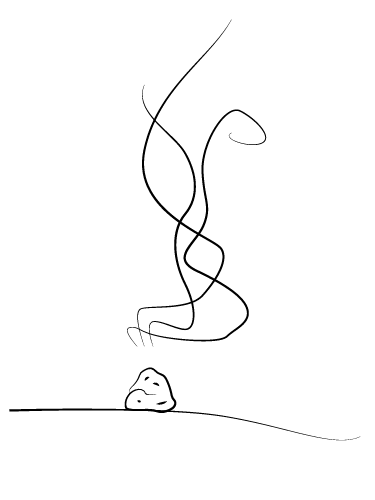Ancillary Techniques

Ancillary techniques are incorporated into treatment to provide additional therapeutic benefits.
MOXIBUSTION
Moxibustion is a key component in Oriental medicine, and is thought to pre-date acupuncture. Moxa is derived from the Mugwort plant, Artemisia vulgaris. It can be applied in a variety of ways including small cones (chinetsukyu), rice grain-sized pieces (okyu) or round balls placed on the needle (kyutoshin). The moxa smoulders after ignition with a special incense stick, generating deep penetrating warmth that promotes circulation of blood and Ki and enhances the effects of needling. Studies of moxibustion demonstrate that it generates waves of heat in the far infrared spectrum which dilates blood vessels and improves blood circulation, with physiological and immune effects (Please clik here for more details). Moxibustion is understood to relieve muscular pain and stiffness, fatigue, and chronic, lingering conditions.
CUPPING
Cupping involves the placement of glass suction cups on the skin to relax tight muscles, especially on the back and shoulders, and to increase blood circulation. This technique can also be used to stimulate digestion, and in the treatment of colds and flu.
SOTAI
Chronic pain and disease can be caused by imbalances in the musculo-skeletal structure of the body which can be addressed by corrective and remedial exercises. Dr Keizo Hashimoto developed Sotai techniques to gently adjust muscular and skeletal imbalances in the neck, body and limbs, without the need to perform manipulations of the joints. Sotai exercises may be performed in clinic as part of the treatment but can also be performed as a home therapy to relax tight and stiff muscles as well as improving flexibility.
INTRADERMAL NEEDLES
Small sub-cutaneous needles placed in the ear or on specific parts of the body provide very low doses of stimulation between treatments for ongoing support.
MICRO-BLEEDING
This technique has been refined by Japanese practitioners to for relief of stubborn complaints or pain. Using a medical lancet, a drop or two of blood is released from an engorged vein. The procedure is adapted to the receiver’s needs and constitution for maximum benefit without side effects.
ORIENTAL NUTRITION
“Food is medicine” is a key concept in Oriental Medicine. Foods are defined by how they interact with the body in terms of warming or cooling, moistening or drying, expanding or contracting; flavour and other food properties considered for their effects on the vital organs and substances. By adjusting the diet to incorporate specific foods or preparing methods, Oriental Nutrition principles can promote wellbeing.
For further questions, please refer to our FAQs page
